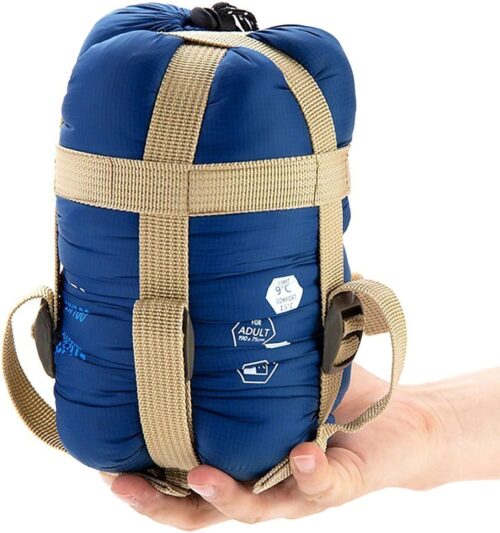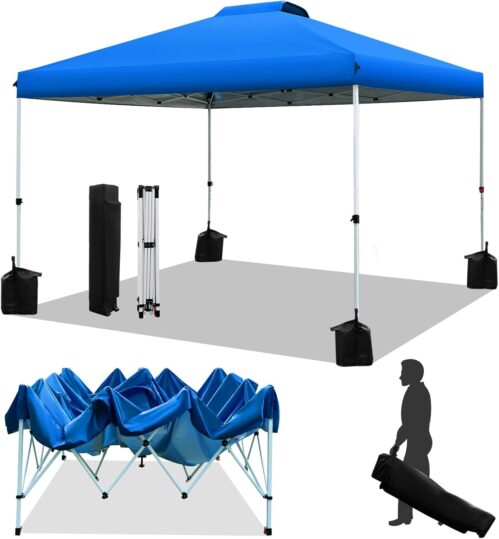
When preparing for multi-day hikes and aiming to enhance your stamina, a structured training regimen becomes your ally. Activities like running, cycling, and strength training lay a solid foundation for increasing endurance. But here’s where it gets intriguing: the real secret lies not just in the physical aspect but also in mental preparation. Stay tuned to discover the overlooked yet essential training element that could be the game-changer in your stamina-building journey.
Importance of Endurance Training
To build stamina for multi-day hikes, focusing on endurance training is crucial. Endurance training involves activities that increase your cardiovascular fitness and prepare your body for long periods of exertion. Running, cycling, swimming, and hiking are excellent endurance-building exercises that can help you develop the necessary stamina for multi-day hikes.
When training for multi-day hikes, it’s essential to gradually increase the duration and intensity of your endurance workouts. Start with shorter sessions and slowly build up to longer durations to avoid overexertion and reduce the risk of injury. Consistency is key in endurance training, so aim to incorporate these activities into your routine several times a week.
Additionally, consider incorporating activities that mimic the conditions of your upcoming hike. If you’ll be hiking in mountainous terrain, include hill workouts in your training to prepare your muscles for the inclines. By tailoring your endurance training to the specific demands of your multi-day hike, you’ll be better equipped to tackle the challenges that lie ahead.
Incorporating Strength Workouts
Building strength through targeted workouts can enhance your performance and endurance for multi-day hikes. Incorporating strength training into your routine can help you tackle steep inclines, carry a heavy backpack, and reduce the risk of injuries.
Focus on exercises that target your legs, core, and upper body to build overall strength. Squats, lunges, deadlifts, and calf raises are excellent for strengthening the lower body, while planks, Russian twists, and mountain climbers can help strengthen your core. Additionally, including exercises like push-ups, pull-ups, and shoulder presses can build upper body strength necessary for carrying a backpack comfortably over long distances.
To see improvements in your hiking stamina, aim to incorporate strength workouts into your routine at least 2-3 times a week. Start with lighter weights and gradually increase as you build strength. Remember to maintain proper form to prevent injuries and maximize the effectiveness of your workouts.
Gradually Increasing Hiking Mileage
Incorporating strength workouts into your routine will lay a solid foundation for gradually increasing your hiking mileage. Once you’ve built a good level of strength, it’s time to start extending your hikes. Begin by adding an extra mile or two to your usual hiking trail. Push yourself a bit further each time you go out, but listen to your body and don’t overdo it. Consistency is key in building endurance, so aim to hike regularly, gradually increasing the distance as you go.
To prevent injury, make sure to warm up properly before each hike and stretch afterward. Vary the terrain you hike on to challenge different muscle groups and keep your workouts interesting. As you feel more comfortable with longer distances, consider adding elevation gain to your hikes for an extra challenge.
Remember to stay hydrated and fuel your body with nutritious foods to support your increased activity levels. Rest is equally important, so listen to your body and give yourself time to recover between hikes. By progressively increasing your hiking mileage and taking care of your body, you’ll be well on your way to preparing for those multi-day adventures.
Nutrition and Rest for Recovery
Ensuring proper nutrition and adequate rest are essential elements for effective recovery after intense hiking sessions. When it comes to nutrition, focus on consuming a balanced diet rich in carbohydrates, proteins, healthy fats, vitamins, and minerals. Carbohydrates replenish glycogen stores, proteins aid in muscle repair, and fats provide sustained energy. Hydration is also key, so drink plenty of water and electrolyte-rich fluids to replace what you’ve lost through sweat.
After a strenuous hike, prioritize rest to allow your body to repair and strengthen. Aim for 7-9 hours of quality sleep each night to aid in muscle recovery and overall well-being. Additionally, consider incorporating rest days into your hiking schedule to prevent overtraining and reduce the risk of injury. Listen to your body – if you’re feeling fatigued or sore, don’t hesitate to take a break.
Adventure Gear














